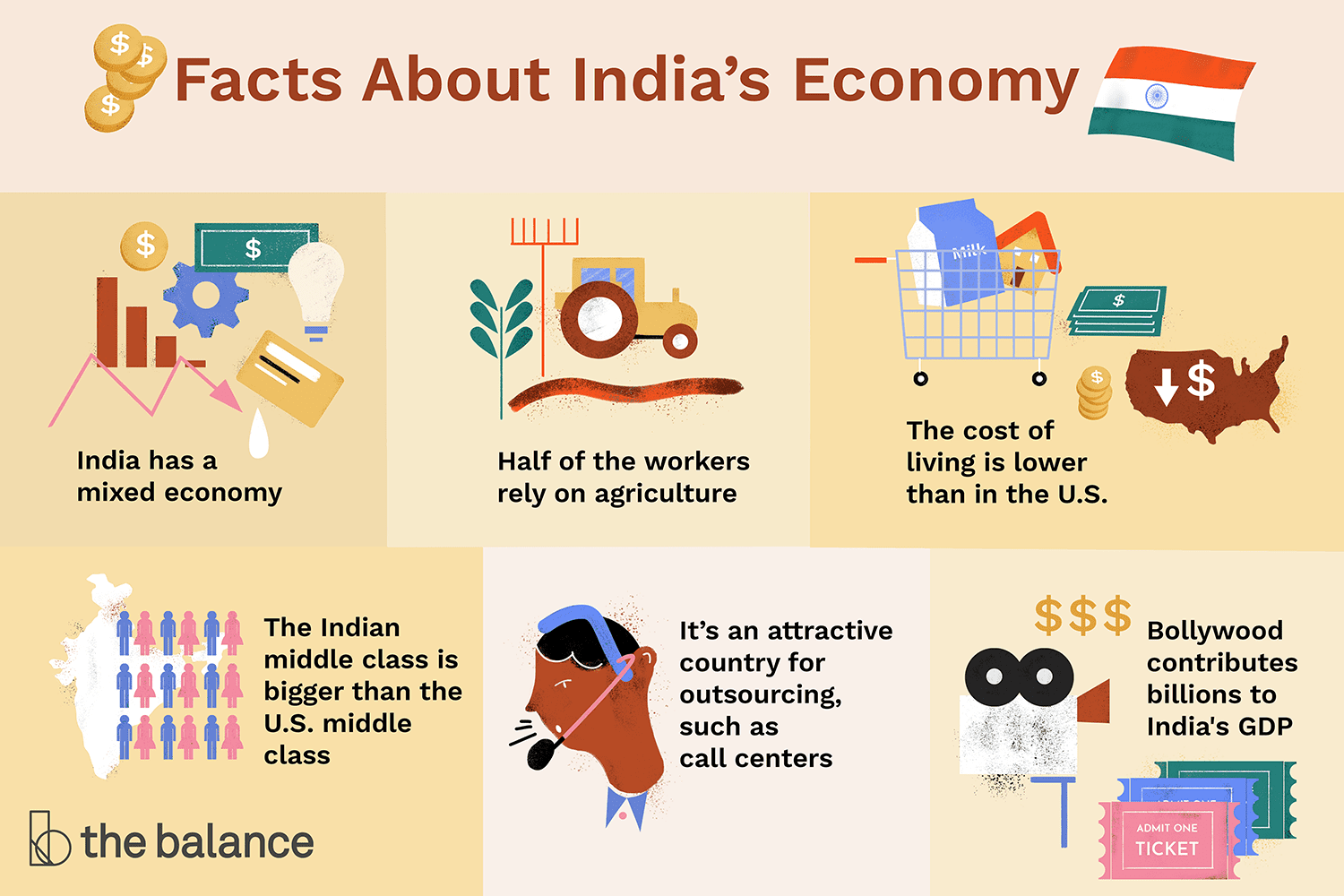
Rapid Transformation The Soaring Trajectory of Indian Middle-Class Income and Its Implications
Rapid Transformation The Soaring Trajectory of Indian Middle-Class Income and Its Implications In a span of just ten years, India’s middle-class landscape has undergone a remarkable metamorphosis, with average income catapulting from Rs 4.4 lakh (FY12-13) to an impressive Rs 13 lakh (FY22). This unprecedented surge can be attributed to a synergy of factors, including upward mobility, reduced zero-tax returns, and a noteworthy shift in income distribution trends. As India’s middle-class breaks barriers and redefines norms, it presents a compelling narrative of economic growth and social progress.
From Rs 4.4L to Rs 13L Unveiling a Decade of Middle-Class Prosperity and Income Redistribution
Uplifting Mobility and Income Redistribution A profound transformation is evident in the statistical data. Over the decade, a staggering 13.6% of individuals managed to ascend from the lower income echelons (FY11: 84% earning less than Rs 5 lakh) to the higher income brackets (FY22: 64%). This remarkable ascent signifies the relentless pursuit of upward mobility, as Indians have capitalized on evolving opportunities, education, and skill development to propel themselves into more lucrative income segments. This upward trajectory symbolizes a monumental shift in the socio-economic landscape, as millions taste the fruits of their laborious endeavors.
The Vanishing Zero-Tax Returns and Income Distribution The contours of this financial evolution extend beyond mere income figures. An illuminating trend lies in the plummeting percentage of zero-tax liability returns, which contracted from a significant 84.10% in FY11 to a more modest 64% in FY22. This dramatic reduction underscores a broader redistribution of income and an increasing tax compliance culture. As fewer individuals are exempt from taxation, the revenue pool expands, enabling the government to allocate resources more effectively and channel them into critical areas such as infrastructure, healthcare, and education.
Future Projections and Recommendations Anticipating the momentum to persist, experts project that the average Indian middle-class income could potentially scale heights of Rs 49.70 lakh by 2047. This futuristic forecast emboldens the vision of a thriving, economically empowered middle-class population.
However, sustaining this trajectory demands a strategic approach. To harness accurate socio-economic data, it is imperative to align Aadhaar and PAN databases, creating a comprehensive data ecosystem that aids in informed policy-making and equitable resource distribution. Moreover, the implementation of multilingual Income Tax Return (ITR) filing systems ensures inclusivity and wider participation, catering to a diverse populace.
Furthermore, integrating AI-guided filing processes can streamline and simplify the tax filing experience, enhancing compliance rates and reducing errors. Such innovations not only expedite administrative procedures but also empower taxpayers, demystifying complex processes and promoting financial literacy.
The narrative of India’s middle-class income surge from Rs 4.4 lakh to Rs 13 lakh in a decade is a testament to the country’s economic dynamism and the collective tenacity of its people. This journey encompasses the realization of aspirations, the metamorphosis of financial landscapes, and the overarching shift towards equitable income distribution. With prudent policy measures, visionary integration of technology, and the continued commitment of the populace, this upward trajectory seems poised to continue, solidifying India’s stance as a global economic powerhouse.

